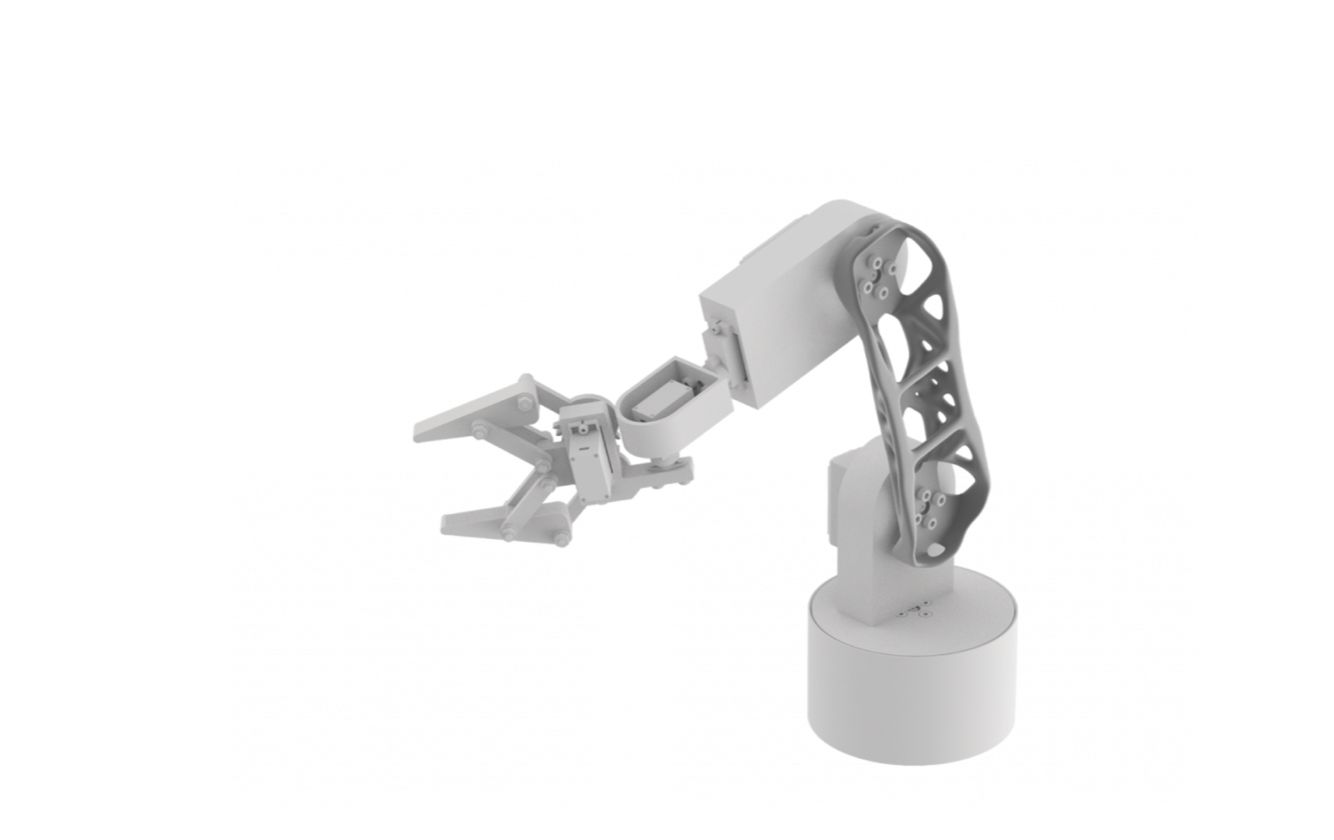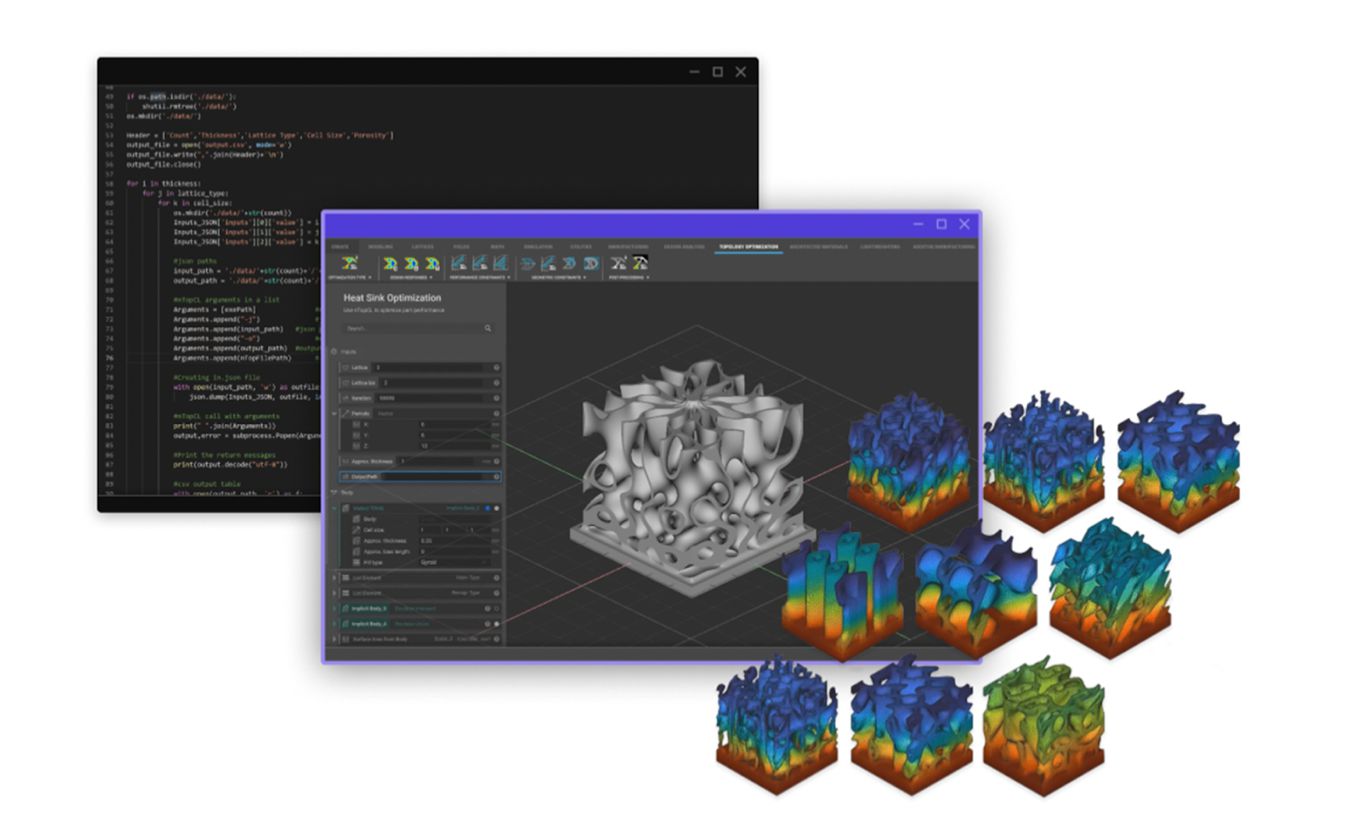Generative Design: The Link Between AI and Manufacturing
Most of the everyday items we use from tables and chains to machinery equipment and cars are being constructed through an innovative process called generative design.
The use of artificial intelligence and cloud-based tools have enabled many engineers within the manufacturing sectors to create a vast range of design types by defining what they need.
Many companies across a variety of industries are using generative design to solve engineering challenges that have otherwise stumped them. Advancements in design like this one have begun creating things that the human mind couldn’t come up with alone.
In this guide, you’ll learn:
- What is generative design?
- How AI is growing in many industries
- The uses and benefits of AI within manufacturing
There are many uses and benefits of using AI within the field of manufacturing and this article will help explore that for your consideration. Who knows where this type of design process will take the future of engineering?

What is generative design?
Generative design utilizes machine learning in order to improve the design process of any product. It can be used for most items that we would shop for to have around the home or to use in other scenarios.
Designers or engineers will use generative design as it allows the user to input design parameters. This can be anything from the materials being used, the cost limitations to the various manufacturing methods that the individual has available.
This is inputted into a generative design software and explores all the possible combinations within those parameters. The result is likely hundreds or thousands of design options to choose from.
At this point, the designer or engineer can then filter through the results and find the best option for them. The use of this can be helpful when time is limited or there may be limited resources available depending on the budget.
Being able to tell a computer what you’re after can save a lot of effort and back and forth within the design process of the project.
Take a look at nTopology’s generative design guide
For an in-depth look at generative design, nTopology’s generative design guide is worth a read. nTopology enables engineers and designers to create geometry no matter how complex it may be.
The software has helped create some breakthrough processes and products across a range of sectors including the medical, aerospace, and consumer industries.

The uses and benefits of AI within manufacturing
There are many uses and benefits that can be achieved when using AI within manufacturing. For any engineer, it’s an extra tool that’s part of your toolkit. Here are some of the reasons why it’s worthwhile to implement AI technology into your future manufacturing projects.
-
Provides 24/7 production
Humans require food and sleep, computers don’t. The major benefit of using AI in manufacturing is that it can continue to work around the clock without burning out as humans would generally do if they worked 24/7.
This, for many businesses, can allow for further expansion in a shorter period of time. It can help small businesses, for example, to generate and distribute products quicker to meet the demand of the new customers they’ve acquired.
Robots are also more efficient when it comes to the various operations within the business. Did you know that human error is the leading cause of over 90% of breaches? It’s not just business operations that robots excel in when it comes to human performance.

-
Make use of automation
With machine-learning programs ticking on in the background, more information and data can be generated for engineers to make use of during their working hours. It helps generate, record and analyze any parts of the production process so that it can be scrutinized and improved upon in the future.
Big data analytics that can come from the process of AI can be integral for improving performance in all areas of the production process. They can help save time and reduce the efforts of engineers, particularly on those tedious and menial tasks.
Automation allows this work to operate remotely too, which is useful in this day and age where the engineers aren’t always available or on hand nearby.
-
Improves safety
We mentioned human error above and those mistakes made especially within engineering and manufacturing in general can prove quite dangerous.
Humans are prone to making mistakes and as such, that can cause injury or potentially dangerous situations. Errors and accidents can occur on factory floors, which is why more machine learning is being introduced to control equipment remotely rather than manually.
Having remote access with AI can help do the dangerous work in manufacturing that humans would typically do. Although, most aspects of generative design might be safe, when it comes to making the product, it can be helpful to hand the role over to robots instead.
-
Better quality control
With generative design, AI helps to create a variety of design options all within the parameters that have been set. One of the uses that come from AI technology is that it can lead to better quality control.
AI is useful for helping manufacturers predict future maintenance for their machinery and equipment without having to manually check. It also prevents the equipment from breaking down at the most inconvenient of times. With predictive analysis, you’ve got the opportunity to action fixes and upgrades before the damage occurs.
It means you reduce the amount of downtime and it also helps improve productivity in the business.
Attention to detail is important and the use of AI technology can help speed up routine tasks with more accuracy and precision than humans could ever do.
-
Lowers operational costs
Businesses can benefit from using AI technology when it comes to the manufacturing industry. It provides a substantial capital investment but the ROI comes in the form of lower operational costs. Over time, these intelligent machines can help take over daily activities in order to streamline your workforce if required and to save money on expensive operational processes.

A lot of consumers are looking for value for money, despite them spending very little in order to get it. AI can help deliver more personalized and unique products at the fraction of the cost that it would take many businesses who don’t use this technology.
With generative design software, all of the design work can be done virtually without having to spend a single dollar on creating prototypes or using materials that will go to waste.
How AI is growing in many industries
AI is quickly seeping into many different industries and it’s no surprise that 37% of businesses and organizations already employ AI in their work processes already. There are certain industries that have used AI to pioneer new services or products that dramatically change the world in which we live in. A few examples of industries that are using AI are:
-
Automotive
There’s a big shift in the automotive industry as it moves towards autonomous vehicles. Whilst there are some reservations towards fully autonomous vehicles for some drivers, this type of technology can help save time, reduce energy consumption, and help reduce the dangers of driving on the road.
AI-powered systems have been installed in some cars already, most notably in Teslas that help the vehicle navigate safely on the road and the environment around them.
Autonomous vehicles are the future with the production levels of robotic cars expected to reach 800,000 units worldwide by 2030.
-
Gaming
One of the growing industries for AI technology is the gaming sector. Many consumers of gaming are after more immersive and personalized gamer experiences. As such, AI is transforming the creation of tomorrow’s games by helping developers and designers to create even more epic gameplay.
An example of this is open-world gaming, which has become extremely popular over the years. This AI software can help empower the users to build and create extremely complex game simulations as a result.
-
Internet Of Things (IoT)
The Internet of Things or IoT for short is a network of internet-connected sensors used to communicate with one another. It helps us to understand the physical world and to optimize it for better use. It can provide a substantial amount of data with AI being helpful in leveraging this information. As a result, it can lead to better products and make our world smarter in its approach to pretty much anything and everything.
The future is generative design
Generative design is the future of engineering and manufacturing as we know it. It’s helping to evolve the manufacturing industry in a big way and more businesses should be utilizing the technology of AI within their work processes to create better products and experiences for their customers in 2022.
Freelance writer for many clients across multiple industries. Natalie has two years of copywriting experience. Natalie has a wide range of experience copywriting for web pages for businesses across many industries. She’s also an owner of two blog websites and a Youtube content creator.
